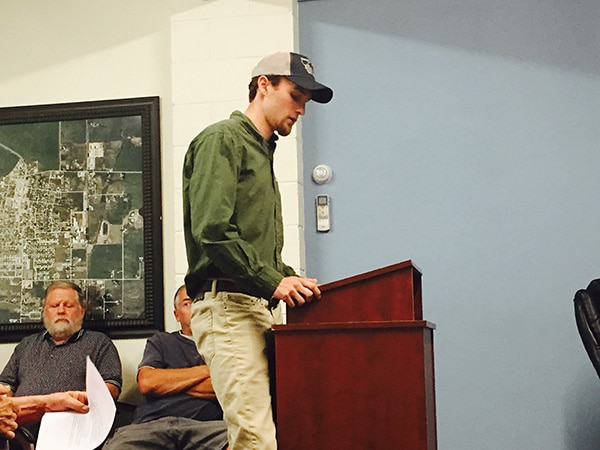
The Montana Fish and Wildlife Commission recently gave the go ahead for the state to pursue three large-scale conservation easements in the eastern part of the state that will open up tremendous hunting opportunity.
Taken together, the Ponessa Ranch, DeCock Ranch and Horse Creek Complex easements will permanently protect more than 39,000 acres of private ranch and crop land. It’s an incredible conservation achievement that will benefit wildlife, keep traditional farms and ranches in operation and provide more hunting opportunity. And the reach of these easements extends well beyond the deeded acres that will be protected.
That’s because these lands adjoin in several cases state and federal lands, as well as other private land that is open to the public for hunting under the state’s popular Block Management program. It’s like a giant jigsaw puzzle that, once fully finished, helps maintain our Montana outdoors heritage, rural agricultural economy and ultimately our way of life.
Take the DeCock Ranch near Hysham. It borders the Isaac Homestead Wildlife Management Area. But it also adjoins state Department of Natural Resources and Conservation lands that are open the public, and private lands that are enrolled in Block Management. Taken together, this block would be more than 250,000 acres of contiguous land open to the public hunter.
It’s an example of an incredible public-private partnership. It’s also one that is often the case with easement projects that use Habitat Montana program funds. Habitat Montana uses a small portion of hunting license fees to pay for conservation easements as well as targeted land purchases to protect important wildlife habitat and grow public access. That includes access to adjoining public and private lands that builds up public hunting opportunity.
The other two easements, Horse Creek Complex near Wibaux and Ponessa near Miles City, are also large-scale land protection projects. Both would help working agricultural operations while opening up hunting access to private lands. And these type of arrangements are good for hunter-landowner relations, because they illustrate that we have far more in common than we do differences when it comes to protecting our way of life.
Habitat Montana came under fire in the 2015 Legislature, when its use for land purchases was restricted. While big land buys get a lot of attention, the three easements proposed this month show that the conservation easements funded by Habitat Montana are just as important for wildlife, habitat, hunters, landowners and all Montanans.
Nick Gevock is MWF’s Conservation Director. You can reach him at ngevock@mtwf.org.

